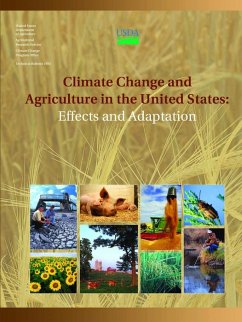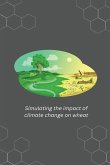Increases of atmospheric carbon dioxide (CO2), rising temperatures, and altered precipitation patterns will affect agricultural productivity. Increases in temperature coupled with more variable precipitation will reduce productivity of crops, and these effects will outweigh the benefits of increasing carbon dioxide. Effects will vary among annual and perennial crops, and regions of the United States; however, all production systems will be affected to some degree by climate change. Agricultural systems depend upon reliable water sources, and the pattern and potential magnitude of precipitation changes is not well understood, thus adding considerable uncertainty to assessment efforts. Livestock production systems are vulnerable to temperature stresses. An animal's ability to adjust its metabolic rate to cope with temperature extremes can lead to reduced productivity and in extreme cases death.








